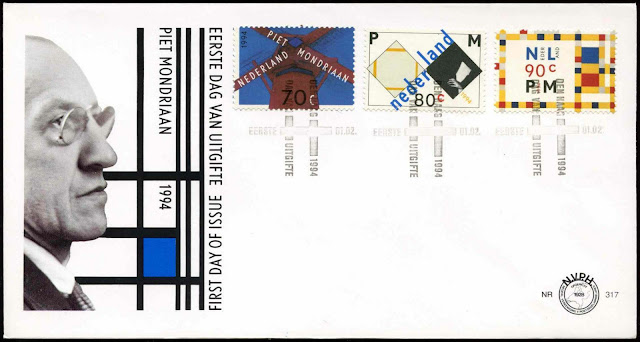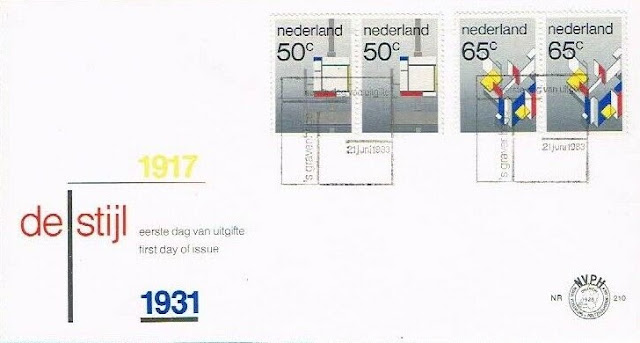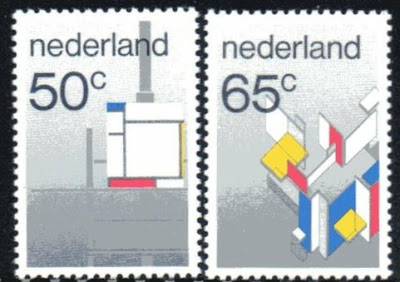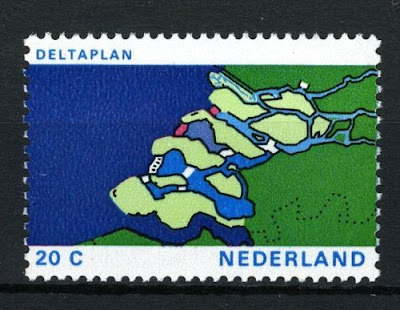1908 – Lisbon Regicide: King Carlos I of Portugal and Infante Luis Filipe are shot dead in Lisbon.
Dom Carlos I (28 September 1863 – 1 February 1908), known as the Diplomat (Portuguese: o Diplomata) and the Martyr (Portuguese: o Martirizado), was the King of Portugal from 1889 until his assassination in 1908. He was the first Portuguese king to die a violent death since Sebastian in 1578.
Carlos was born in Lisbon, Portugal, the son of King Luís and Queen Maria Pia, daughter of King Victor Emmanuel II of Italy, and was a member of the House of Braganza. He had a brother, Infante Afonso, Duke of Porto. He was baptised with the names Carlos Fernando Luís Maria Víctor Miguel Rafael Gabriel Gonzaga Xavier Francisco de Assis José Simão.
He had an intense education and was prepared to rule as a constitutional monarch. In 1883, he traveled to Italy, the United Kingdom, France and Germany, where he increased his knowledge of the modern civilization of his time. In 1883, 1886 and 1888, he ruled as regent as his father was traveling in Europe, as had become traditional among the Portuguese constitutional kings. His father Luis I advised him to be modest and to study with focus.
His first bridal candidate was one of the daughters of German Emperor Frederick III, but the issue of religion presented an insurmountable problem, and the pressure of British diplomacy prevented the marriage. He then met and married Princess Amélie of Orléans, eldest daughter of Philippe, comte de Paris, pretender to the throne of France.
Carlos became king on 19 October 1889. After the 1890 British Ultimatum, a series of colonial treaties were signed with the United Kingdom of Great Britain and Ireland. One signed in August 1890 defined African colonial borders along the Zambezi and Congo rivers, whereas another signed on 14 October 1899 confirmed colonial treaties of the 17th century. These treaties stabilised the political balance in Africa, ending Portuguese claims of sovereignty on the Pink Map, a geographical conception of how Portuguese colonies would appear on a map if the territory between the coastal colonies of Angola and Mozambique could be connected with territory in central Africa. These central African territories were taken over by Great Britain, however, a concession that was viewed as humiliating in Portugal. The agreements were thus looked upon as unpopular in Portugal and were felt to be disadvantageous to the country.
On 1 February 1908, the royal family returned from the Ducal Palace of Vila Viçosa in Vila Viçosa to Lisbon, where they spent time hunting in Alentejo in the hunting season during the winter. They travelled by train to Barreiro and, from there, they took a steamer to cross the Tagus River and disembarked at Cais do Sodré in central Lisbon. On their way to the royal palace, the open carriage with Carlos I and his family passed through the Terreiro do Paço fronting on the river. While crossing the square, shots were fired from the crowd by two republican activists: Alfredo Luís da Costa and Manuel Buíça.
Buíça, a former army sergeant and sharpshooter, fired five shots from a rifle hidden under his long overcoat. The king died immediately, his heir Luís Filipe was mortally wounded and Prince Manuel was hit in the arm. The queen alone escaped injury. The two assassins were killed on the spot by police and bodyguards; an innocent bystander was also killed in the confusion. The royal carriage turned into the nearby Navy Arsenal, where, about twenty minutes later, Prince Luís Filipe died. Several days later, the younger son, Prince Manuel, was proclaimed king of Portugal; he was the last of the Braganza-Saxe-Coburg and Gotha dynasty and the last king of Portugal as well.
Portuguese stamps depicting Carlos I
1944 Died: Piet Mondrian, Dutch-American painter (b. 1872)
Pieter Cornelis Mondriaan, after 1906 Piet Mondrian (7 March 1872 – 1 February 1944), was a Dutch painter and theoretician who is regarded as one of the greatest artists of the 20th century. He is known for being one of the pioneers of 20th century abstract art, as he changed his artistic direction from figurative painting to an increasingly abstract style, until he reached a point where his artistic vocabulary was reduced to simple geometric elements.
Mondrian's art was highly utopian and was concerned with a search for universal values and aesthetics. He proclaimed in 1914: "Art is higher than reality and has no direct relation to reality. To approach the spiritual in art, one will make as little use as possible of reality, because reality is opposed to the spiritual. We find ourselves in the presence of an abstract art. Art should be above reality, otherwise it would have no value for man." His art, however, always remained rooted in nature.
He was a contributor to the De Stijl art movement and group, which he co-founded with Theo van Doesburg. He evolved a non-representational form which he termed Neoplasticism. This was the new 'pure plastic art' which he believed was necessary in order to create 'universal beauty'. To express this, Mondrian eventually decided to limit his formal vocabulary to the three primary colors (red, blue and yellow), the three primary values (black, white and gray) and the two primary directions (horizontal and vertical). Mondrian's arrival in Paris from the Netherlands in 1911 marked the beginning of a period of profound change. He encountered experiments in Cubism and with the intent of integrating himself within the Parisian avant-garde removed an 'a' from the Dutch spelling of his name (Mondriaan).
Mondrian's work had an enormous influence on 20th century art, influencing not only the course of abstract painting and numerous major styles and art movements (e.g. Color Field painting, Abstract Expressionism and Minimalism), but also fields outside the domain of painting, such as design, architecture and fashion. Design historian Stephen Bayley said: 'Mondrian has come to mean Modernism. His name and his work sum up the High Modernist ideal. I don’t like the word ‘iconic’, so let’s say that he’s become totemic – a totem for everything Modernism set out to be.'
1953 – North Sea flood of 1953 is caused by a heavy storm which occurred overnight, 31 January-1 February 1953; floods strike the Netherlands, Belgium and the U.K.
The 1953 North Sea flood was a major flood caused by a heavy storm that occurred on the night of Saturday, 31 January 1953 and morning of Sunday, 1 February 1953. The floods struck the Netherlands, Belgium, England and Scotland.
A combination of a high spring tide and a severe European windstorm over the North Sea caused a storm tide; the combination of wind, high tide, and low pressure led to a water level of more than 5.6 meters (18.4 ft) above mean sea level in some locations. The flood and waves overwhelmed sea defenses and caused extensive flooding. The Netherlands, a country with 20% of its territory below mean sea level and 50% less than 1 meter (3.3 ft) above sea level and which relies heavily on sea defenses, was worst affected, recording 1,836 deaths and widespread property damage. Most of the casualties occurred in the southern province of Zeeland. In England, 307 people were killed in the counties of Lincolnshire, Norfolk, Suffolk and Essex. Nineteen were killed in Scotland. Twenty-eight people were killed in West Flanders, Belgium.
In addition, more than 230 deaths occurred on water craft along Northern European coasts as well as on ships in deeper waters of the North Sea. The ferry MV Princess Victoria was lost at sea in the North Channel east of Belfast with 133 fatalities, and many fishing trawlers sank.
Stamps issued in 1953 in New Guinea and the Netherlands
After the 1953 flood, governments realized that similar infrequent but devastating events were possible in the future. In the Netherlands the government conceived and constructed an ambitious flood defense system beginning in the 1960s. Called the Delta Works (Dutch: Deltawerken), it is designed to protect the estuaries of the rivers Rhine, Meuse and Scheldt. The system was completed in 1998, with completion of the storm surge barrier Maeslantkering in the Nieuwe Waterweg, near Rotterdam.
Deltaplan stamp issued in 1972
1964 – The Beatles have their first number one hit in the United States with "I Want to Hold Your Hand".
Beatles covers on stamps from Great Britain
1976 Died: Werner Heisenberg, German physicist and academic, Nobel Prize laureate (b. 1901)
Werner Karl Heisenberg (5 December 1901 – 1 February 1976) was a German theoretical physicist and one of the key pioneers of quantum mechanics. He published his work in 1925 in a breakthrough paper. In the subsequent series of papers with Max Born and Pascual Jordan, during the same year, this matrix formulation of quantum mechanics was substantially elaborated. He is known for the Heisenberg uncertainty principle, which he published in 1927. Heisenberg was awarded the 1932 Nobel Prize in Physics "for the creation of quantum mechanics".
He also made important contributions to the theories of the hydrodynamics of turbulent flows, the atomic nucleus, ferromagnetism, cosmic rays, and subatomic particles, and he was instrumental in planning the first West German nuclear reactor at Karlsruhe, together with a research reactor in Munich, in 1957. He was a principal scientist in the German nuclear weapons program during World War II. He travelled to occupied Copenhagen where he met and discussed the German project with Niels Bohr.
Following World War II, he was appointed director of the Kaiser Wilhelm Institute for Physics, which soon thereafter was renamed the Max Planck Institute for Physics. He was director of the institute until it was moved to Munich in 1958, when it was expanded and renamed the Max Planck Institute for Physics and Astrophysics.
German first day cover commemorating Heisenberg









No comments:
Post a Comment